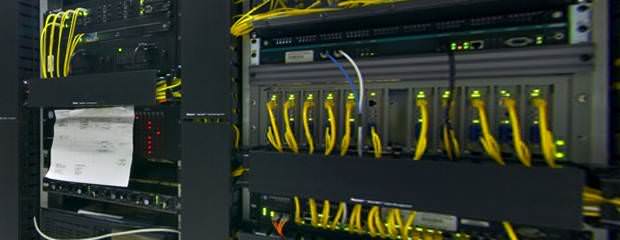
An Economic Perspective
The forces impacting "telephone" communications today include a new round of network effects, drawbacks of all-cellular service, as then as the fragility and limitations of VoIP (Voice over Internet Protocol). More turmoil is on the way as individual consumers, service providers and manufacturers all take steps to improve their own situation. Out of the turmoil, although will come big gains for some and losses for others. The providers with a clearer vision of the future-as best we can see it from the viewpoint of today-will do better as the dust settles on this industry.
What the obvious features of the devices
Network effects are now driving smart phone usage beyond what the obvious features of the devices would suggest. A network effect occurs when my usage of a device is influenced by the number of my contacts who as well use it. In the classic example, the very first fax machine was useless until the second fax machine was installed. As fax machines became more common in the office environment, their value to each individual user increased.
Today a great deal of smart phone usage comes from social applications beyond voice communication. Text messaging has puzzled baby boomers in every industry, including the current generation of leadership in the telecom industry. Our children will not answer their telephones, however they will reply to text messages. The current options for texting to landlines are laughably bad.
Beyond texting, the photo sharing service Instagram, recently purchased by Facebook for one billion dollars, is a smartphone-to-smartphone application with rapidly growing popularity. Words with Friends is a game played primarily on smart phones, with millions of users engaged in competition with their friends. There are now thousands of reasons for people to use smart phones to interact with other smart phone users. Land lines don't work for these applications.
There are powerful reasons to use smart phones, nevertheless there are as well limitations. The baby boomer generation tends to live in larger houses, compared to the dorm rooms or one-bedroom apartments of their children. They are used to the convenience of phones in each room, yet not used to carrying a phone with them as they move from an upstairs bedroom to a downstairs kitchen. They as well enjoy grabbing an extension when a family member is on the phone.
The business side
On the business side, companies are increasingly moving to VOIP, frequently looking for low cost equipment and services and often finding their telephone system more fragile than they are used to. Twenty years ago, it was in the extreme rare for a company's phones to go down. Today, it's not so unusual. The business disruption of having no telephone service is seldom included in a cost analysis of new systems.
In the home, devices will be around the house with the functions of a smart phone and the convenience of telephone extensions. Transmission will be both wireless and wired, and any outage will be invisible to the consumer. Bandwidth will be used where it is cheapest. Backups for power failure will be common and invisible. Music, video and Internet will be available anywhere within a home, multiple channels in use simultaneously.
People will grab a convenient device to take with them outside the house-or leave an extra in the car or on the bicycle, without having to differentiate between the in-house phone and the mobile device. Music and video will be such as handy on the go as at home.
Companies will have robust telephone and internet systems that will seamlessly switch between wired and wireless as the need arises. Power backups will maintain all systems.
This is where we are going. How will we get there? Adam Smith said that humans had a "propensity to truck, barter and exchange one thing for another." Businesses, both in services and equipment, will look to provide high value to clients in ways that cost them little. Every advantage enjoyed by a current business will be attacked by others seeking to take sales away from incumbents. With data flowing so freely through different electronic media, no company will be safe. It is chaotic now, and will be chaotic hereafter, however it will lead to telecom services both better and cheaper. Service providers must understand this movement or face severe consequences of trying to hold on to the past.
- · Rackspace debuts OpenStack cloud servers
- · America's broadband adoption challenges
- · EPAM Systems Leverages the Cloud to Enhance Its Global Delivery Model With Nimbula Director
- · Telcom & Data intros emergency VOIP phones
- · Lorton Data Announces Partnership with Krengeltech Through A-Qua⢠Integration into DocuMailer
